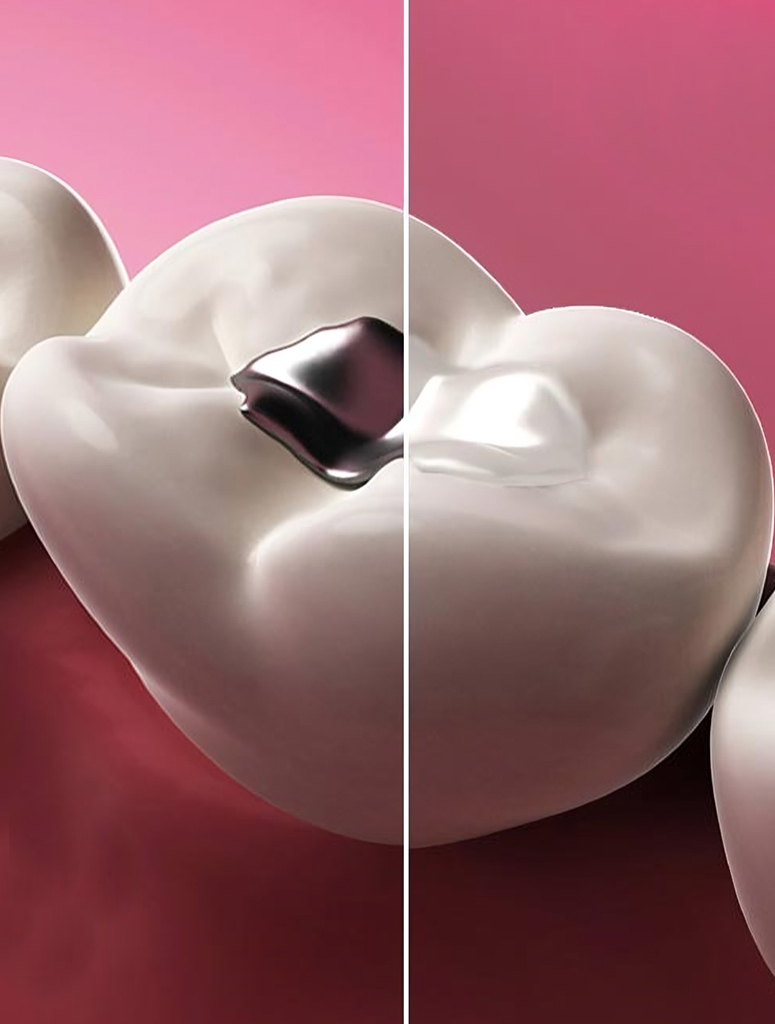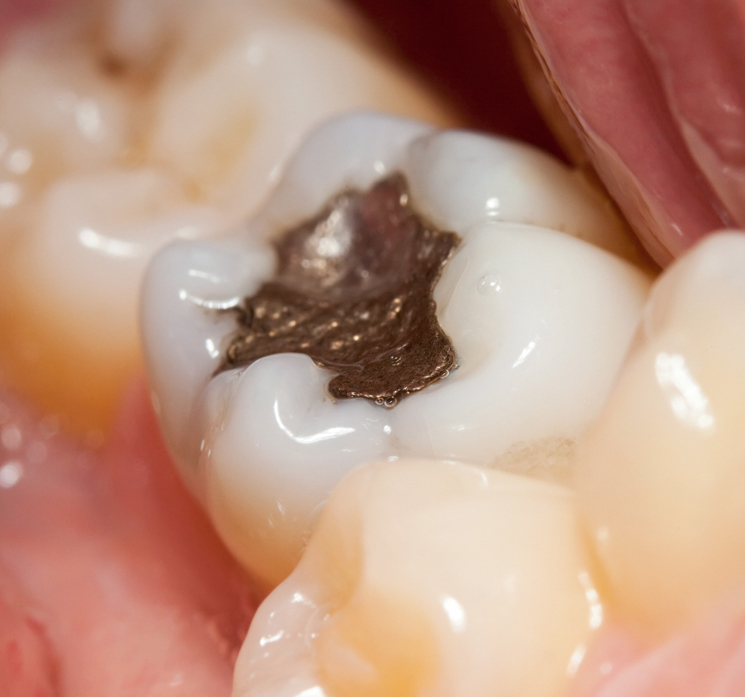
Amalgam Fillings Vs. Composite
You may be asking what the differences are between amalgam fillings vs. composite?
What is an Amalgam Filling? – Amalgam is an alloy used for dental fillings that contains approximately 50% mercury, ~22-32% silver, ~14% tin, ~8% copper and other trace metals. Amalgam has been used for dental fillings for over 150 years.
Why We Use Composite Fillings. – In recent years, with the improvements in composite resin (tooth-colored fillings) and increasing public concern regarding the toxicity of amalgam fillings and the potential effects on the body, amalgam fillings have become a less popular choice among the dental industry. At FLOSS we use composite resin (tooth-colored) fillings, which are a durable, aesthetically pleasing, and mercury-free alternative.
Are Amalgam Fillings “Unsafe”? – The public concern about the toxicity of amalgam fillings is a controversial topic. Dental amalgam does contain mercury, which can release a low level of mercury vapor that can be inhaled. High levels of mercury vapor exposure have been associated with adverse effects in the brain and kidneys. Based on the best scientific evidence available, the FDA at this point has ruled that amalgam fillings are safe for adults and children ages 6 and above.

Amalgam Filling Removal
For patients who currently have amalgam fillings which are in good condition and there is no decay beneath the filling, we may not recommend an amalgam filling removal or replacement unnecessarily. Removing sound amalgam fillings can result in unnecessary loss of healthy tooth structure and may expose you to additional mercury vapor released during the removal process. However, it is important to understand that failing amalgam restorations can pose significant health risks regardless of whether there is mercury release or not, such as recurrent tooth decay, infection, tooth fracture and eventual tooth loss if left untreated.
Removing Amalgam Fillings
If you believe that you may have an allergy or sensitivity to mercury or any of the other metals in dental amalgam (such as silver, tin, or copper), or if you have amalgam fillings that have been in your mouth for many years, you should consult with your dentist to have them evaluated and discuss removing amalgam fillings options.

What To Do After Amalgam Removal
When removing an amalgam filling, exposure to mercury vapor is a risk. At FLOSS we strictly adhere to specific protocols for safely removing amalgam fillings to reduce patient and staff exposure to mercury vapors.
For what to do after amalgam removal and any other dental care best practices questions the team at FLOSS is here to help. You can rest assured knowing that experts will be accessible to you before, during and after any procedure.
Grow With Floss
Household names are empowered to do things that other brands never dream of. FLOSS is a deliberate, strategically planned effort to provide quality dental to more people than any single entity ever has before. No matter when you get in, the value in your investment continues to grow.
